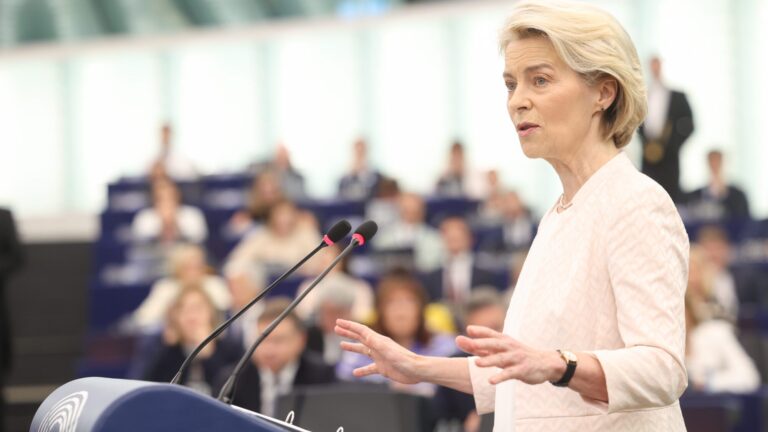Senior military officials in Kyiv have reported that fighters from Russia’s Wagner Group have left Belarus and returned to the battlefield in the east of Ukraine.
Ukrainian Colonel Serhiy Cheravatyi told Politico Europe on Wednesday, September 27th, that several hundred combatants formerly associated with the late Wagner chief Yevgeny Prigozhin have been observed fighting alongside various Russian military units along the front in eastern Ukraine.
“We have recorded the presence of a maximum of several hundred fighters of the former Wagner PMC,” Cherevatyi said, noting that the troops were now employed by the Russian Defense Ministry or its associated organizations. He added that they were dispersed across various locations, not operating as a single cohesive unit, and had not made a substantial impact on the battlefield.
The colonel confirmed that Ukraine’s knowledge of the return of the Wagner forces to the battlefield in the Donbas was acquired through wiretapping and reconnaissance efforts. “We know everything about them,” he said.
“Wagnerites were not hiding. Maybe they thought it would scare our soldiers. In fact, that showed Russia needs new meat for the grinder,” Cherevatyi asserted.
“I see nothing special in their return. Wagner is no longer a powerful force. Those who returned are far from being in a good fighting mood, as they know what to expect here,” he told CNN. “Furthermore, they are now under the control of the Defense Ministry.
“They used to call themselves soldiers of fortune but now they are more like misfortune soldiers.”
Following Wagner’s day-long, aborted mutiny that was led by Prigozhin in late June, where he and some 25,000 Wagner troops turned their backs on the front lines and headed for Moscow before reaching an agreement with Putin, many of the fighters were either welcomed to Belarus or transferred to Africa.
Illia Yevlash, the chief press officer for Ukraine’s Eastern Grouping of Forces, told RBC Ukraine that of the approximately 8,000 Wagner fighters based in Belarus, a sizable portion deployed to Africa while around 500 have now returned to the battlefield in eastern Ukraine.
“However, [the Wagner troops] will not pose a significant threat, as before, since their main leader, Prigozhin, is gone. These people are indeed among the most prepared in the Russian army, but they will not become a significant threat, a ‘game changer,’” Yevlash told the news outlet.
The return of the Wagner troops to eastern Ukraine comes roughly one month after its leader, Yevgeny Prigozhin, died, along with ten others, after his private jet crashed northwest of Moscow. Russia’s Investigative Committee says it has confirmed Prigozhin perished in the airplane crash. Dmitry Utkin, Prigozhin’s right-hand man, was also among the passengers on board the downed aircraft.
Earlier this month, Ukraine’s National Resistance Center reported that Belarus was hosting fewer than 1,000 Wagner troops.
“Currently, 200 of them remain instructors in the special units of the Ministry of Internal Affairs and the Ministry of Defense of Belarus. The rest are those who do not want to be recruited either to the new PMCs or to the Russian defense ministry,” the center, a key hub for pro-Ukrainian activism, said.





